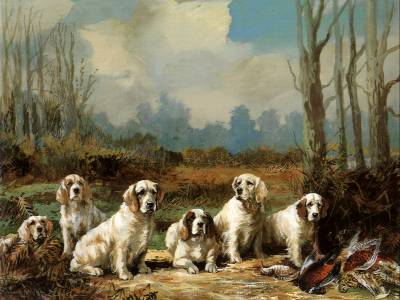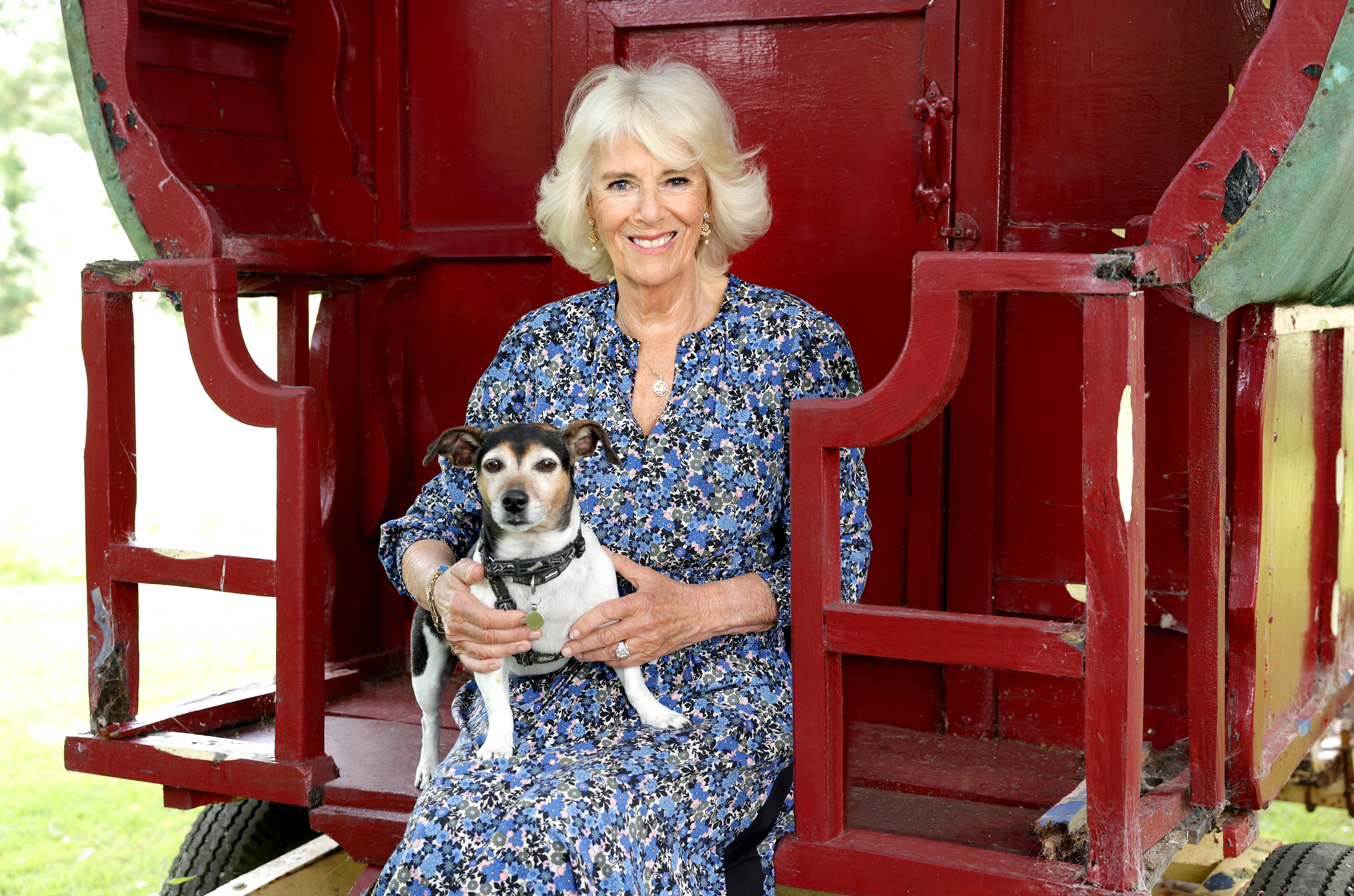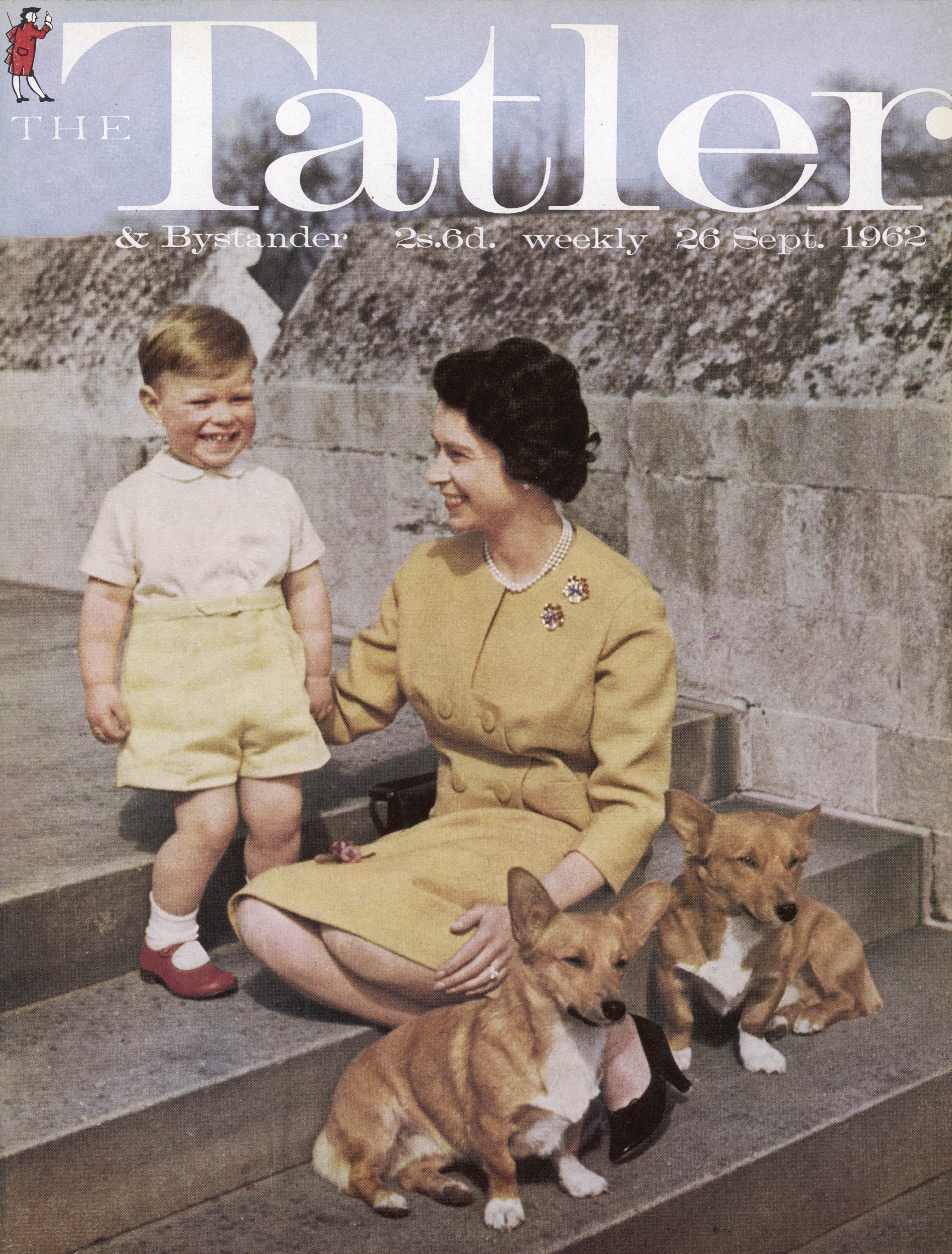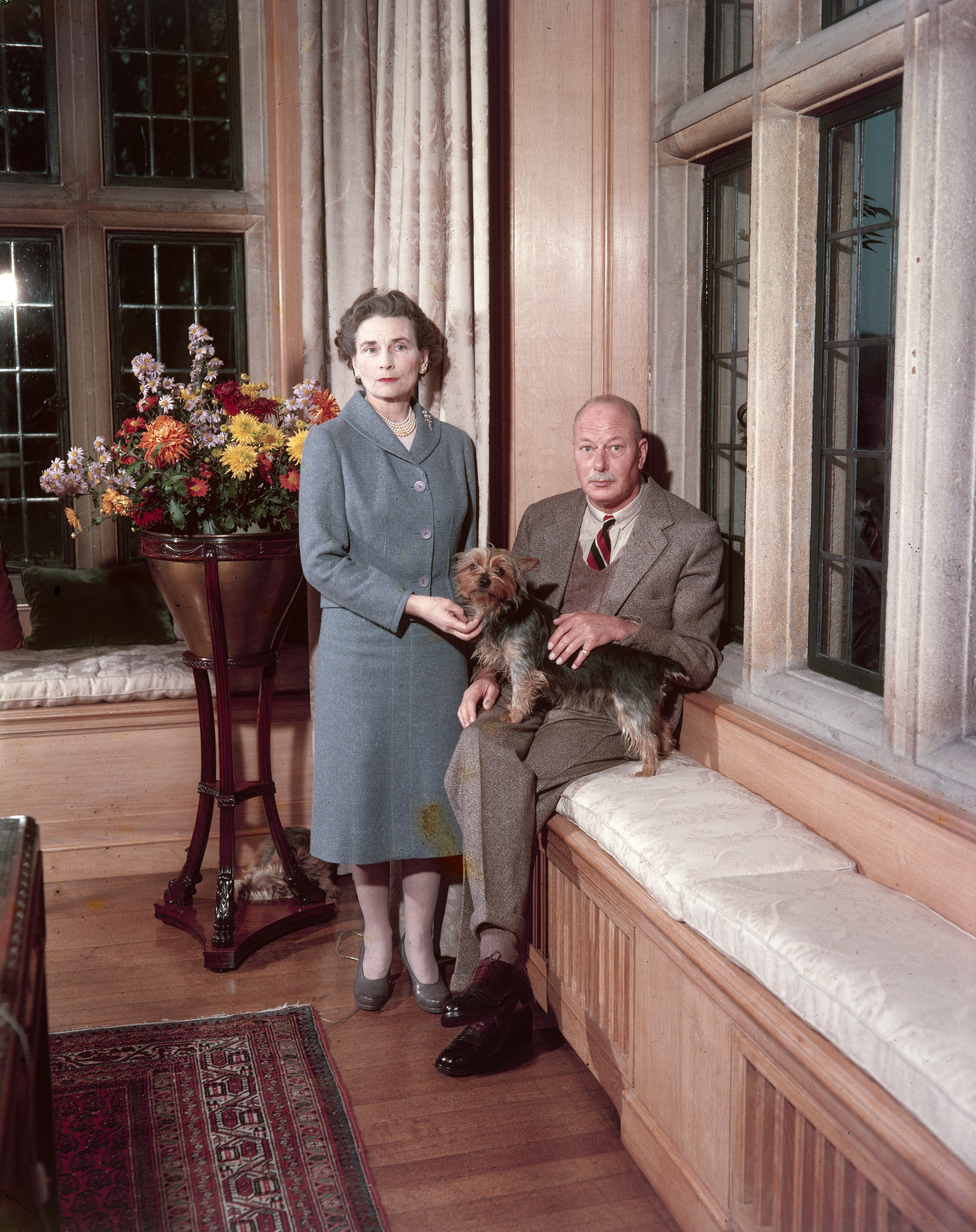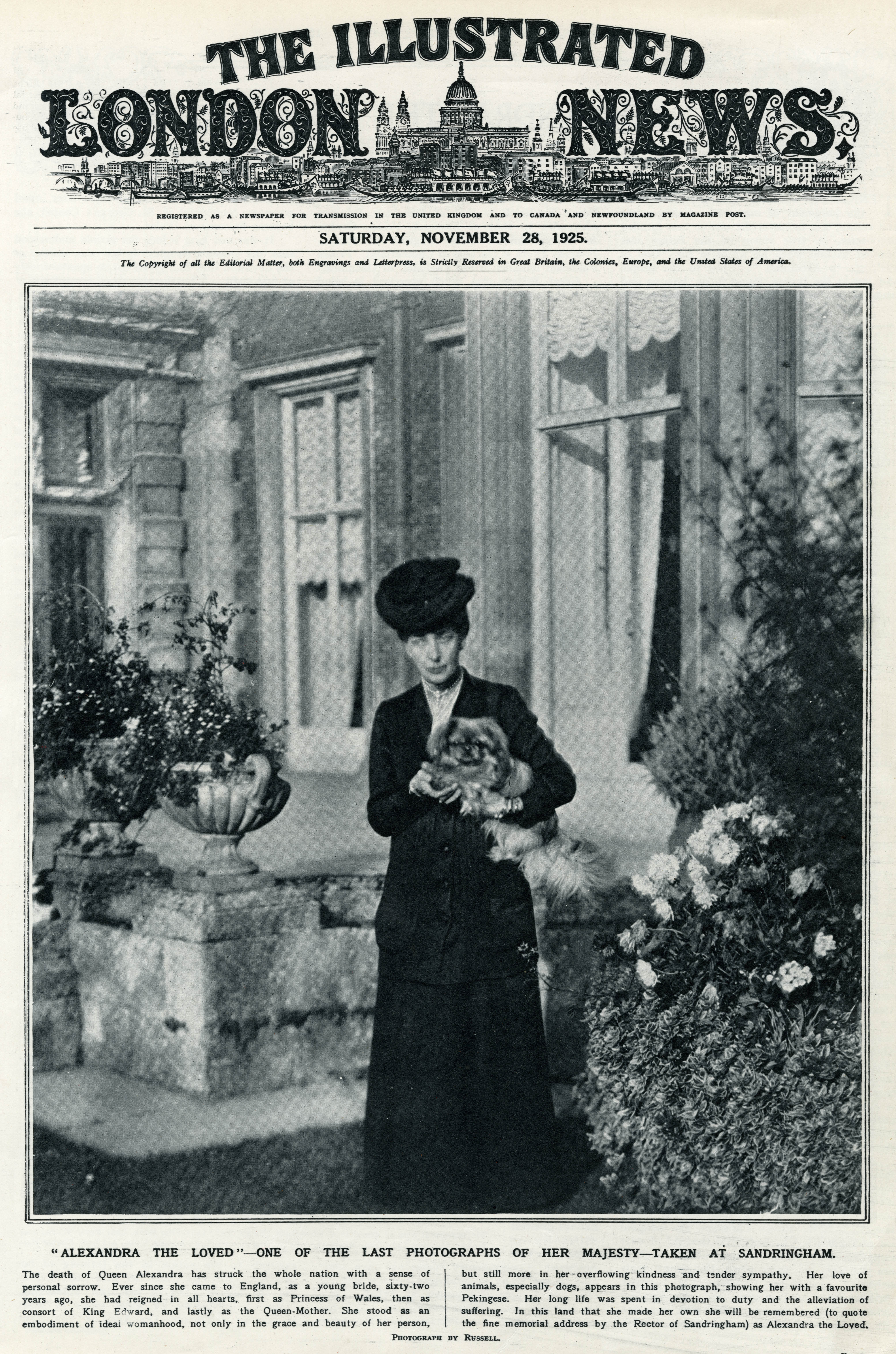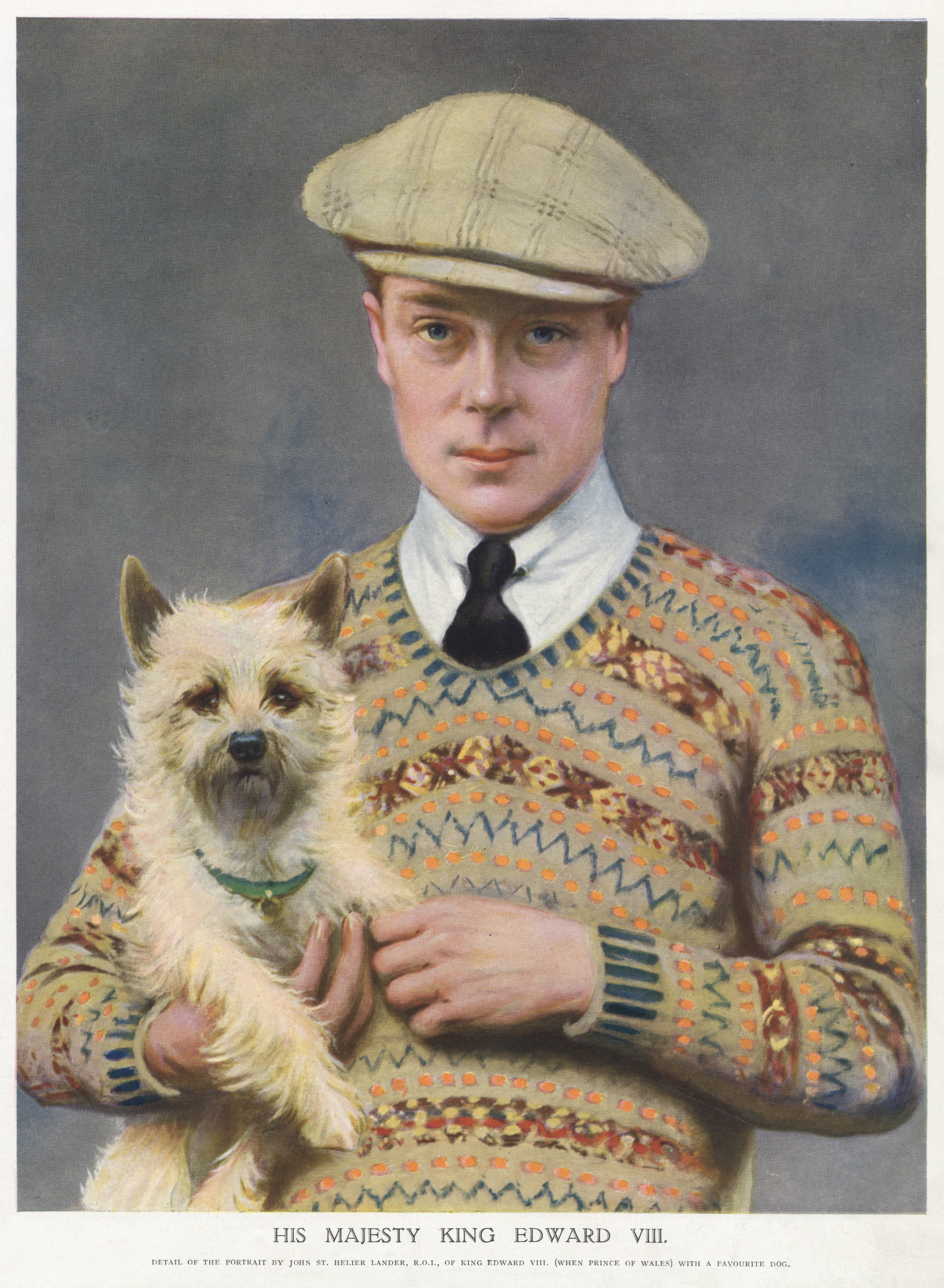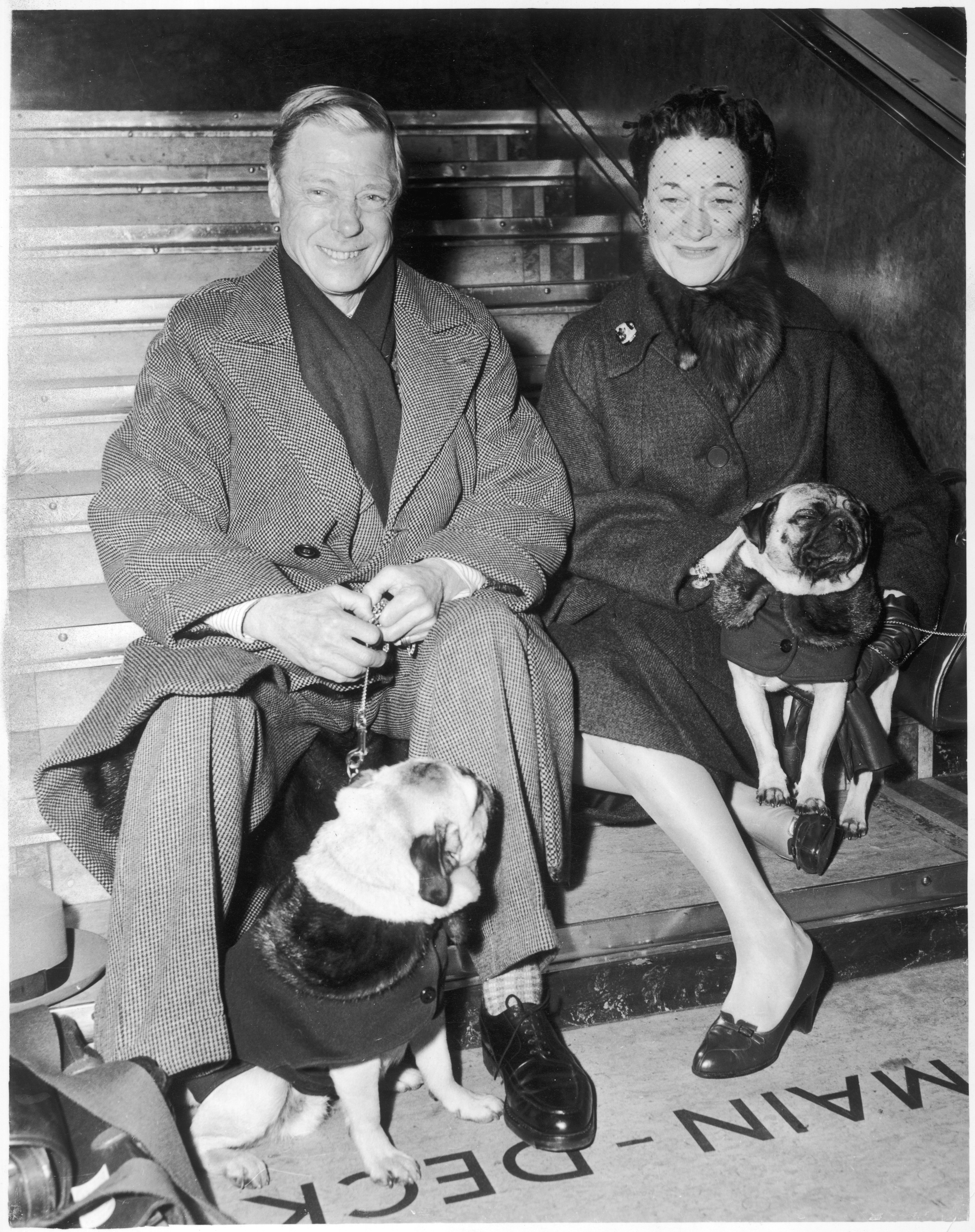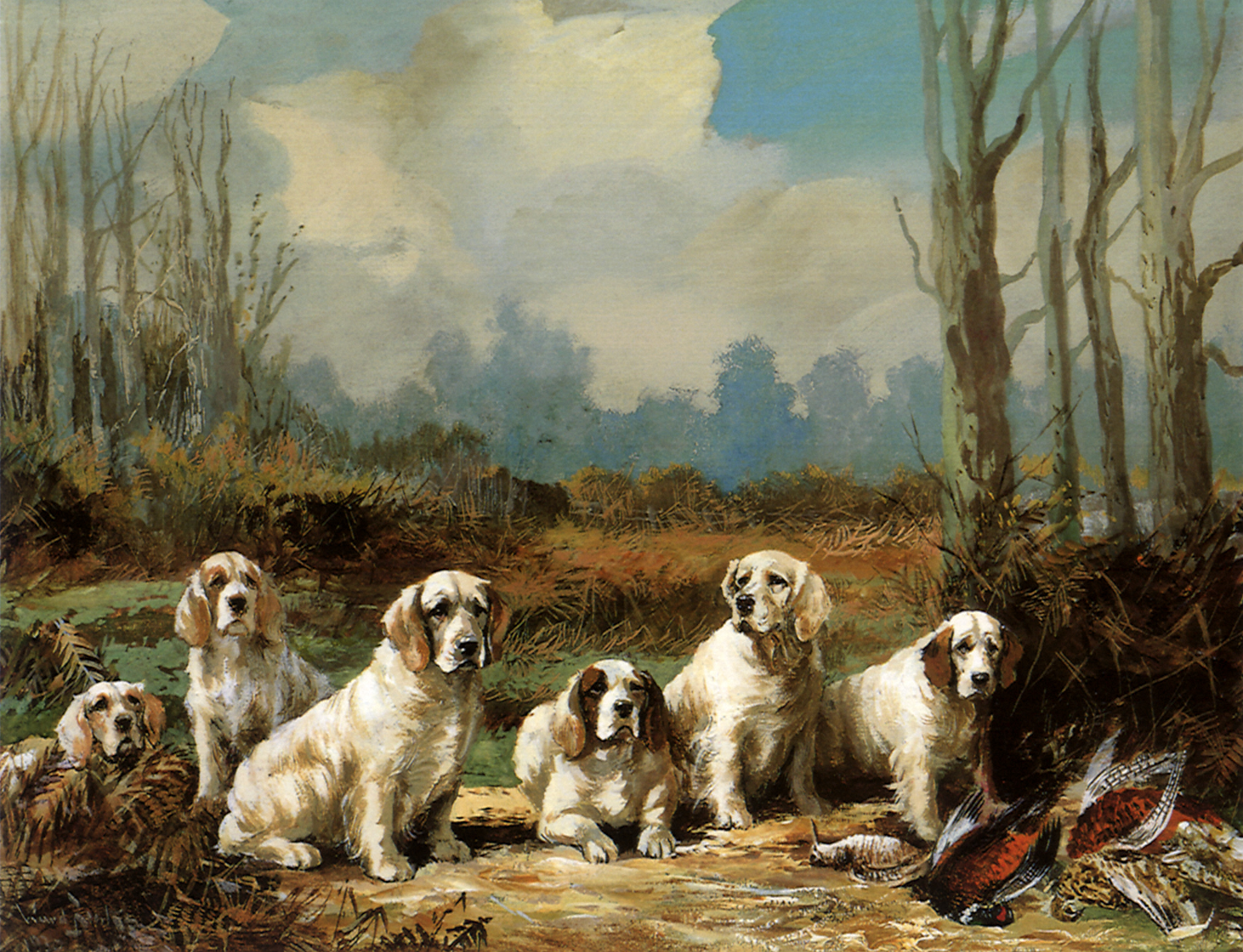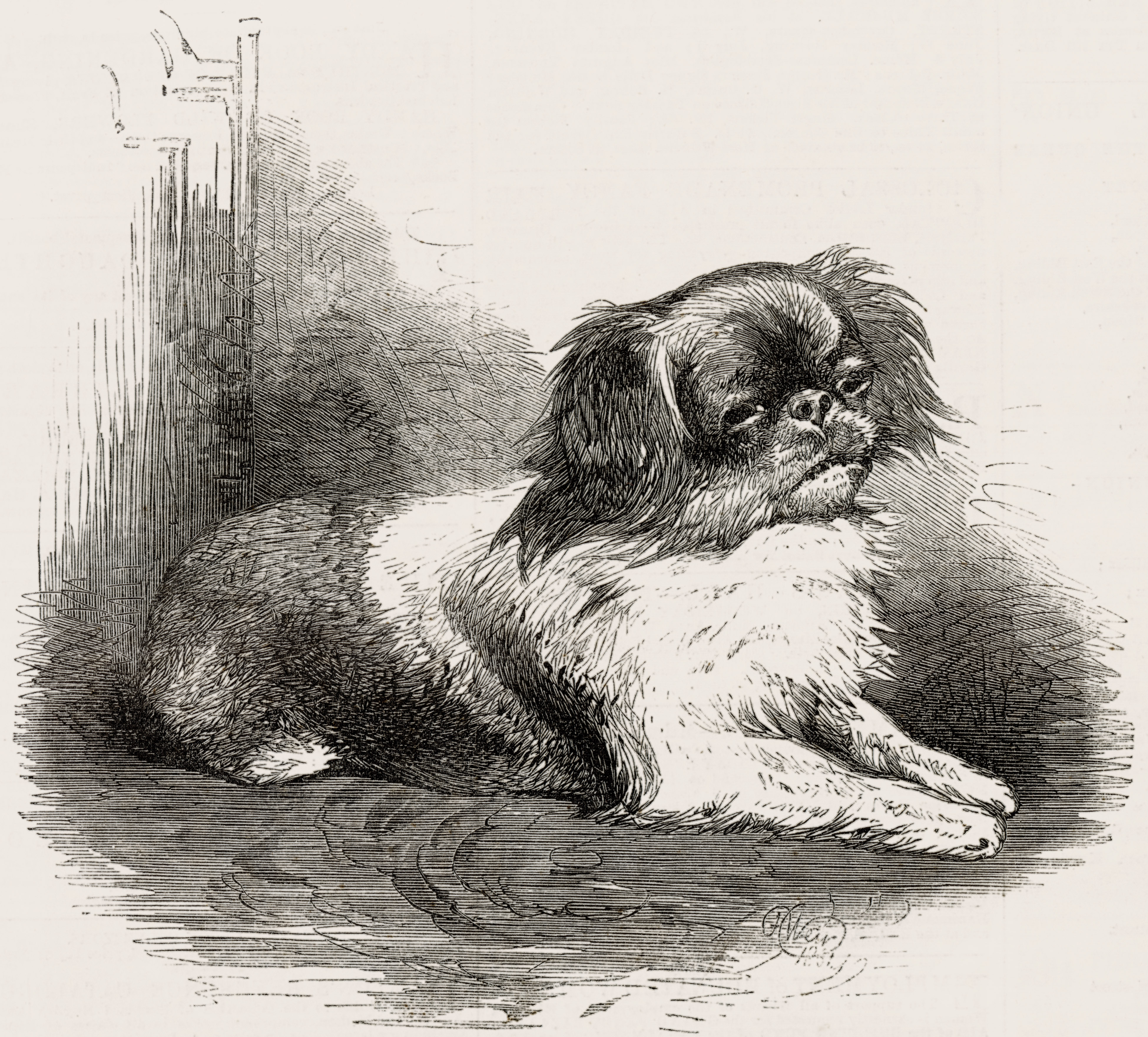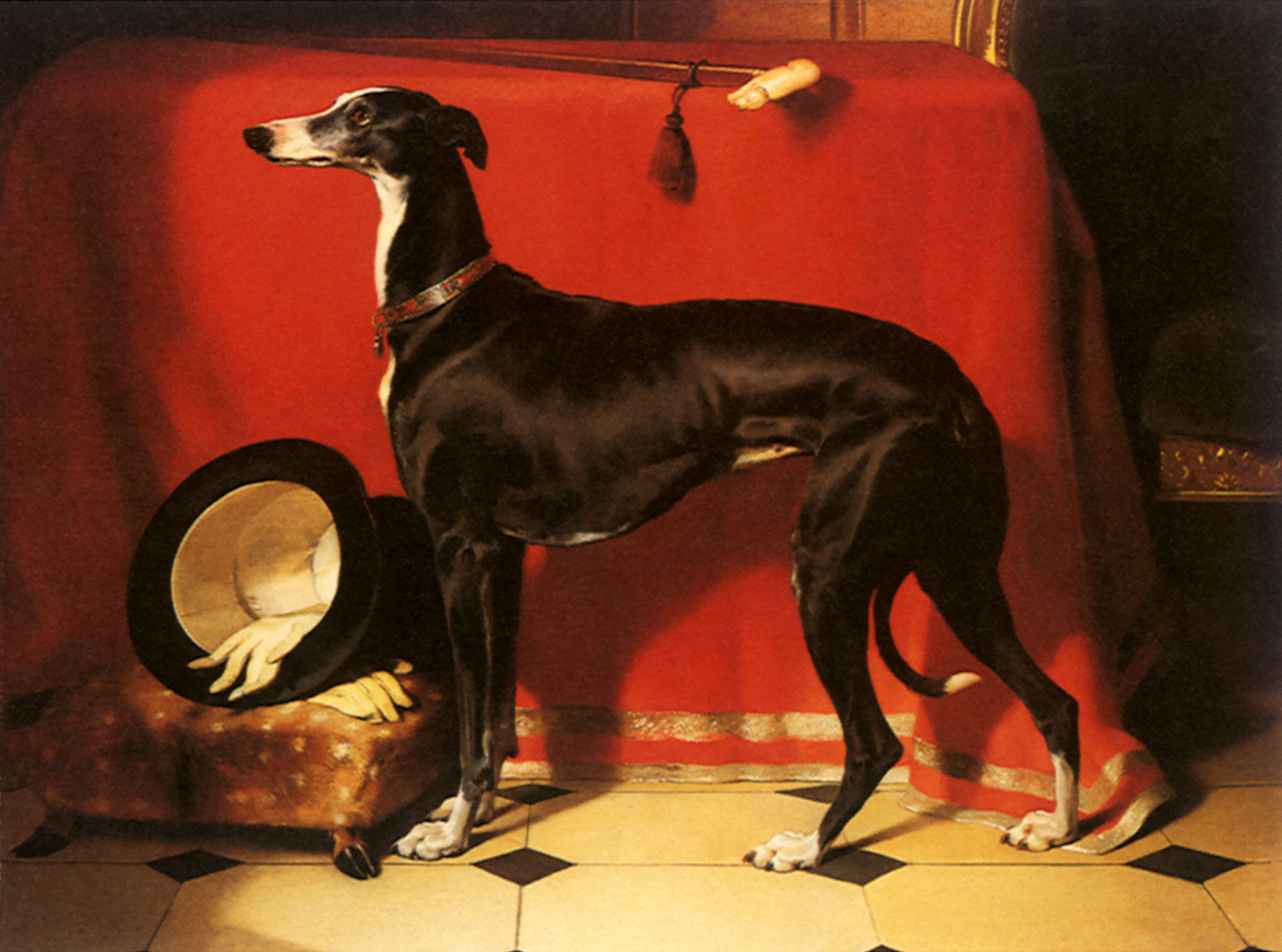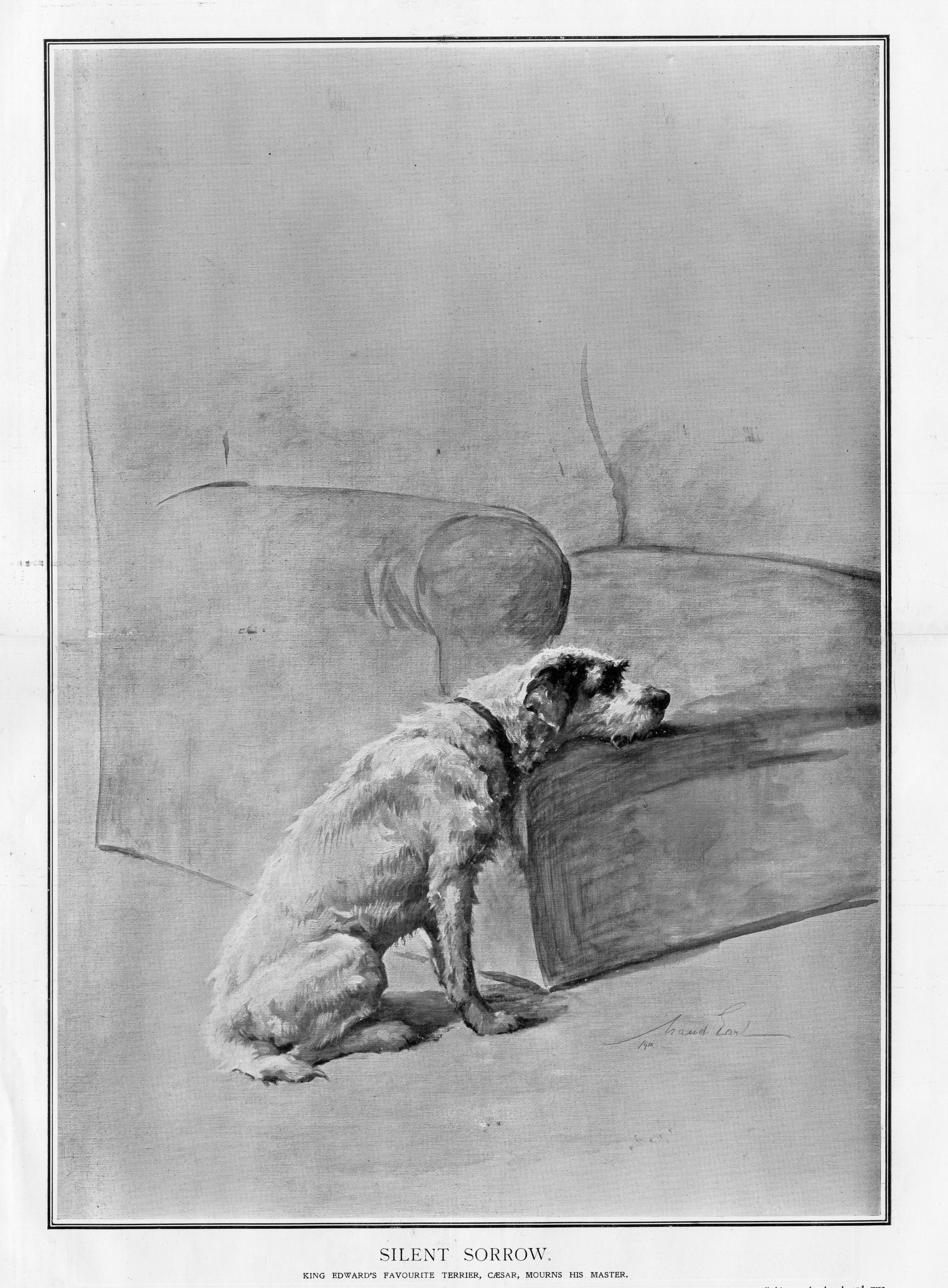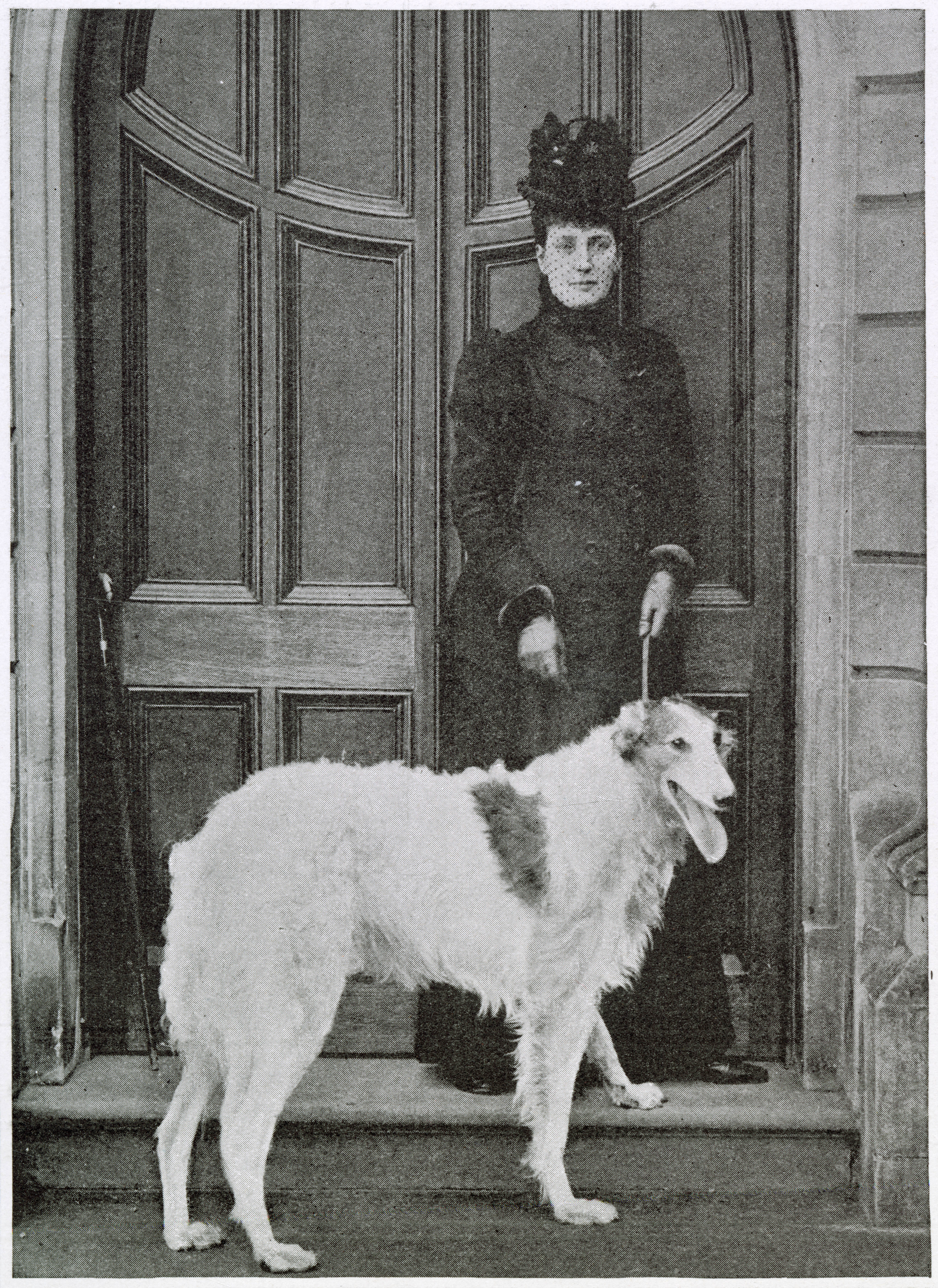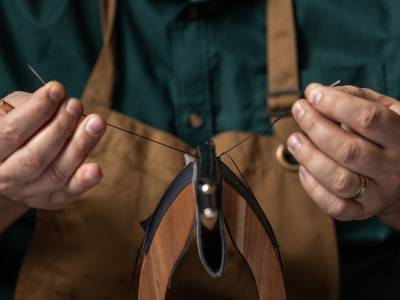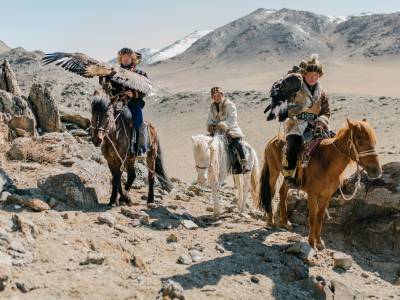In April 2024, it was announced that His Majesty The King had become patron of the Royal Kennel Club, stepping into a role which had been held by his mother, the late Queen, for 70 years, and in fact, every monarch back to his great-great grandfather, King Edward VII, who became the club’s first patron in 1873 when he was Prince of Wales. Her Majesty The Queen, meanwhile, has been the royal patron of the animal rehoming centre, Battersea, since 2017, and in 2011 adopted a Jack Russell terrier, Beth, followed by another, Bluebell, in 2012.
At the Coronation in 2023, the press and public were charmed to learn that likenesses of Beth and Bluebell had been embroidered along the hem of The Queen’s Bruce Oldfield gown, a small, playful detail but one with a clear message about the integral role dogs play in the Royal Family’s life. As The Queen told an interviewer on BBC Radio 5 Live, “The nice thing about dogs is you can sit them down, you could have a nice long conversation, you could be cross, you could be sad, and they just sit looking at you wagging their tail.” For anyone in the spotlight, it must be comforting to know that a dog offers unconditional love and loyalty. Dogs only know that their owner is special to them. If that owner also happens to be royal, they remain blissfully unaware.
